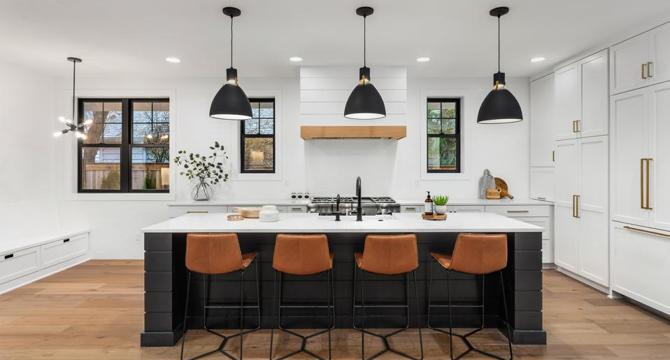Forbes
2w
87

Image Credit: Forbes
Latest HELOC & Home Equity Loan Rates: June 25, 2025
- Home equity loans and HELOCs allow homeowners to borrow against their homes' value with different repayment structures.
- HELOCs offer flexibility as a revolving line of credit, while home equity loans provide a lump sum at a fixed rate.
- Both options use the property as collateral, and failure to repay can result in the loss of the home.
- HELOCs of varying amounts - $100K, $250K, and $500K - cater to different financial needs and projects.
- Different term lengths, like 5, 10, 15, 20, and 30 years, offer borrowers flexibility in repayment schedules.
- Home equity reflects the portion of the home the owner possesses compared to the lender.
- Utilizing home equity through loans or HELOCs is common for home improvements, debt consolidation, and more.
- Home equity accrues as mortgage payments are made, increasing the owner's stake in the property.
- LTV ratios determine how much equity can be accessed, typically not exceeding 80% of the home's value.
- Calculating home equity involves subtracting the mortgage balance from the home's current appraised value.
- For example, a $500,000 home with a $250,000 mortgage balance has $250,000 in equity with a 50% LTV.
- Lenders usually approve home equity loans based on specific LTV ratios, often capped at 80%.
Read Full Article
5 Likes
For uninterrupted reading, download the app